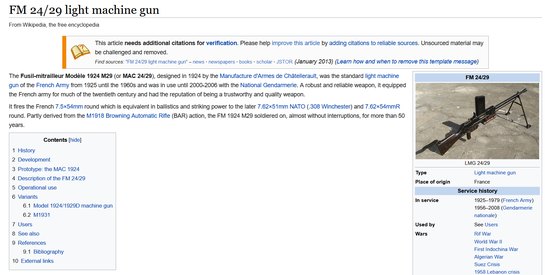Brown Wash
As I mentioned earlier, some paints stay opaque even with a lot of thinning, and the shading doesn't show through. I apply a thin wash of brown over the whole figure, to deepen the shadows just a bit. The wash is made of 1-part Citadel Brown Ink and 10-20-parts Magic Wash, depending on how deep I want the shading. For 10mm figures I like to keep things subtle, so I use a 1:20 ratio.

I make the Magic Wash by mixing 1-part acrylic floor wax and 5-parts water. I usually mix up four or five 2 oz. bottles at a time, and that way have a supply that lasts about 6 months. The wash not only enhances the shading of the figure, it also acts to unify the whole painting effect. The eye no longer registers separate areas of color, since there is a single, subtle layer over the whole piece.

And… the acrylic floor wax in the wash also acts as a sealant and protectant. So I get the added benefit of one more layer between the paint and my fingers.


Time spent: 15 minutes
Detailing
The painting on infantry is usually complete after the wash step, but sometimes the wash dirties or mutes some colors a bit too much. For these Russians, the overall appearance was fine, but I felt that the flesh needed to be brightened a bit. The flesh paint used earlier for the basecoat was thinned and brushed on to the high spots of the faces and hands.

Tanks and other vehicles usually require a few more steps. These tanks were lightly weathered with a drybrush of Accent Wicker. The treads were finished with a drybrush of Accent Burnt Sienna.

Time spent: 30 minutes
Protecting the Figure
While I understand the logic behind the use of glossy varnishes, I really hate the look on military miniatures. It looks doubly out of place on small miniatures. Small-scale figures are generally attached to bases for game play, and really don't need thick layers of glossy varnish.
These Russians already have the acrylic sealant from the wash on them. So I finished them with two light coats of Testors Dullcote. This will protect them from any handling during basing. If I were doing the basing, they'd receive an additional 2 coats of Dullcote after they were attached and the bases were finished.
Time spent: 15 minutes (hands on, not drying time)
Wrapping Things Up
All right. I spent 5 hours 45 minutes from start to finish on these guys. My painting time was slowed a bit by the need to take photos and notes, but for practical purposes this could be done in one long evening or two short evenings of work.
The results are not masterworks; I simply don't see the point of that for massed armies. The idea was to show one method of quick-and-dirty painting that won't get the figures laughed off the table. My hope is that some of you will find the techniques useful, in part or in whole, for your own painting endeavors.








